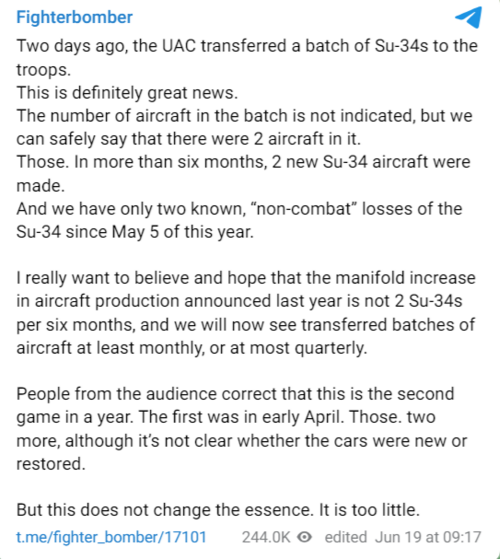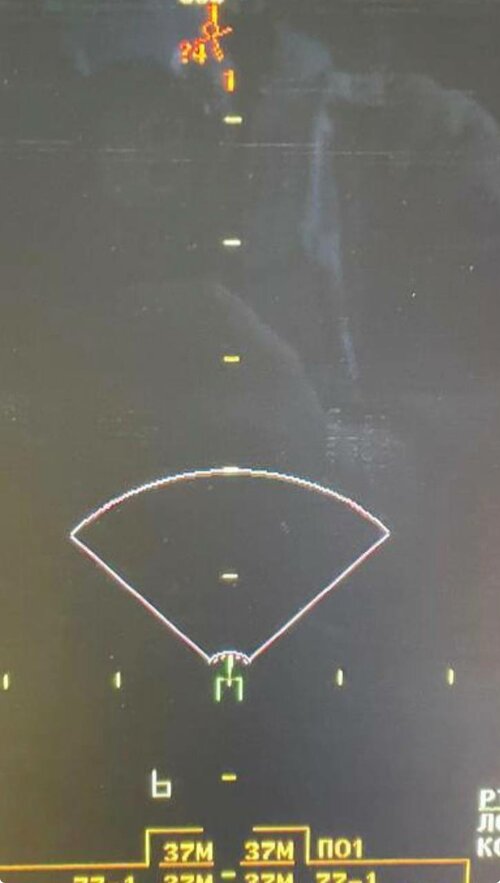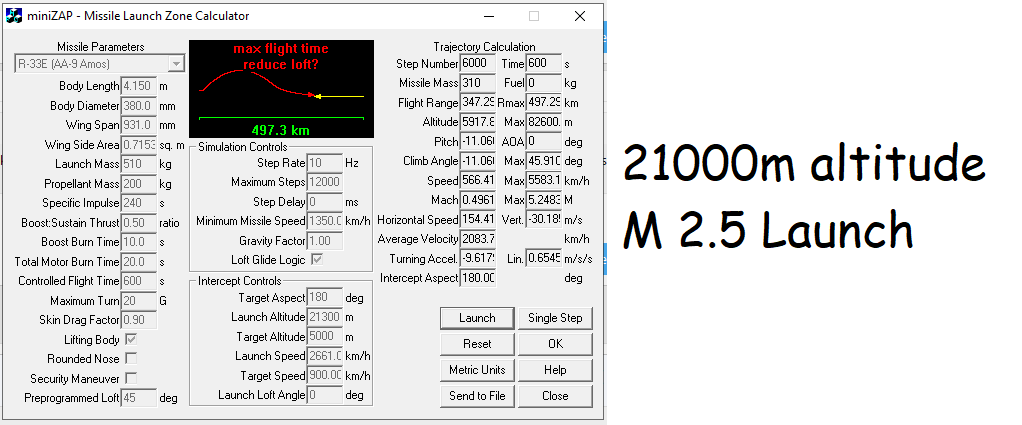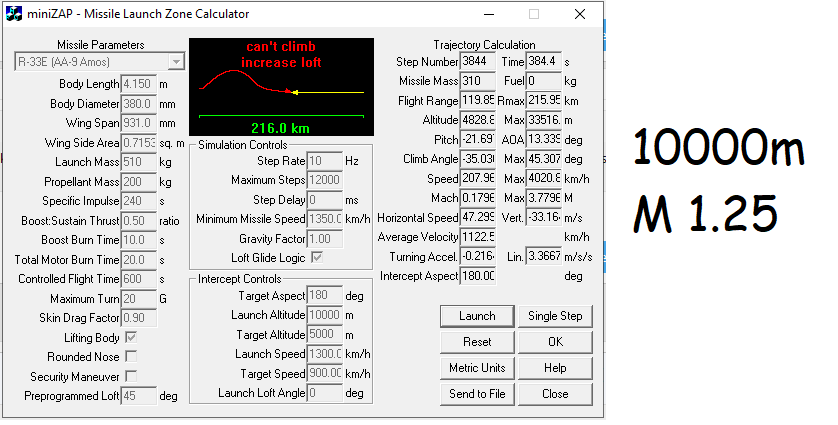FighterJock
ACCESS: Above Top Secret
- Joined
- 29 October 2007
- Messages
- 5,577
- Reaction score
- 5,896
Any ideas as to whether India would want to purchase the R-37M for their Su-30s or even update them to be able to carry it?
Su-30SM2 with R-37M LRAAM
Probably not, India is turning away from Russia.Any ideas as to whether India would want to purchase the R-37M for their Su-30s or even update them to be able to carry it?
Probably not, India is turning away from Russia.
I wonder if India could install the R-37 onto the AMCA if they want to purchase the missile or even failing that design their own long range missile with equivelent range.
If those dimensions are indeed true, and judging by the images, its not really a sdb equivalent. It is something between a sdb and a compact jdam-er. Roughly 350-400 kg in weight. And obviously a bespoke design, unlike the steering kit+wing kit+ bomb that is the jdam-er.God help them as there are over 200 Su-30MKI's to replace and some thousands of small sub contractors making parts of them and not to mention India does not have fighter engine in class of AL-31 or F-100/110. Their "Gangga" engine program (yeah India do attempt to make their own version of AL-31) didnt or havent produce result, while Kaveri still requires Russian assistance for testing it.
If India is seriously wish to retain any deterrence toward China or other power, they wont burn all the bridges and partnership with Russia. Or at least not in long term. So having R-37 will still on the table, India can either license produce the missile, then adding their own seekers and electronics.
---------
Anyway the UMPB-30, the new glidebomb for Russian forces. This glide bomb is perhaps the first "universal" guided weapons in Russian arsenal, as it can be airdropped or launched from MLRS (BM-30 Smerch as platform) Taking role of both JDAM and GLSDB at same time.
This weapon tho have about 3 meter in length and 30 cm diameter.
View: https://x.com/Archer83Able/status/1793487271590785085

500lb JDAM-ER is the closest counterpart. And the most intersting and promising feature of UMPB, according to the rumours circulating in our media is that it can be used not only with air platforms but with a 300 mm MLRS Smerch too, in the same way as GLSDB is used with M270/HIMARS MLRS.If those dimensions are indeed true, and judging by the images, its not really a sdb equivalent. It is something between a sdb and a compact jdam-er.

MOSCOW, June 11 – RIA Novosti.
A Su-34 fighter-bomber crashed in North Ossetia, killing the crew, the Ministry of Defense reported.
“In the Republic of North Ossetia-Alania, in a mountainous area, a Su-34 aircraft of the Russian Aerospace Forces crashed during a scheduled training flight ,” the statement said.
The preliminary cause of the plane crash is a technical malfunction.



Ironic, su-30 went full circle.
We know about that one time when a Mig-31BM shot down a Ukro Mig-29 some 200 kms away...No way to know one way or another. 213 km is probably within the envelope, especially if the target was unaware it was fired upon.
Hi folks,
World in russian sites is that a Su 35S shot down a Mig 29 from 213km with a R37M. Is there anything behind that claim or is it just wishful thinking on their part?
Regards,
Nic

LolThere are no reports of a Ukrianian MiG-29 being lost, so it could be that this was the technical malfunction that the Russian Su-34 suffered over Volgograd, hard to verify.
@stealthflanker How big is the energy difference for su-35s and mig-31bm launch?
Let's say for the former it's 33k ft M=1.25 on average, for the latter - 70k ft M=2.5.


Thanks, that's indeed massive.Not really sure what you mean but. In terms of range it's basically twice. Using some quick minizap application.
You forgot to specify target aspect and altitude tho. so I would assume head on and 5000 m altitude. The R-37 model is based on R-33 with "extra" propellant, increased wing area as i measure from available pics and reduced span. The trajectory would be loft glide, with Boost-sustain profile each lasted 10 seconds thus bring total motor burn to 20 seconds.
The high altitude high mach launch was phenomenal. Almost 500 km range Before the missile ran out of battery (that controlled flight time)
View attachment 735728
While one from 10K m altitude and half the mach is basically more modest
View attachment 735729
Where the missile basically ran out of energy.
If the Flanker can launch from 15000 m and Mach 1.5 it can engage the same target from 320 km.
Calculate the flight range of the AIM-174 with a mass of 812 kgNot really sure what you mean but. In terms of range it's basically twice. Using some quick minizap application.
Thanks, that's indeed massive.
An Su-34 appears to have had some kind of accident in the Volgograd Oblast.
View: https://x.com/Archer83Able/status/1817178250075869601
Current production might be around a dozen per year but there is no way to know for sure.
su34 fleet is largely still new and i'd say it's highly unlikely there have been imputed "losses" due to wear in the su34 fleet yet.
Su-34s are unlikely to time out any time soon. Same for any Su-30/34/35*. There is a cost to be paid for all the extra flying hours, but it is a long term one.
